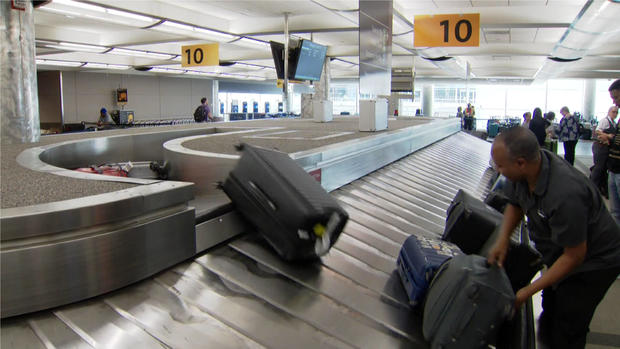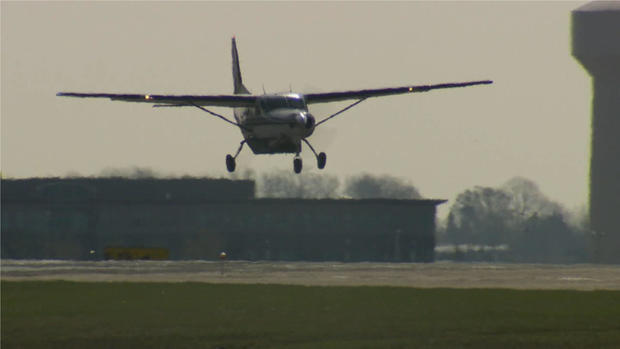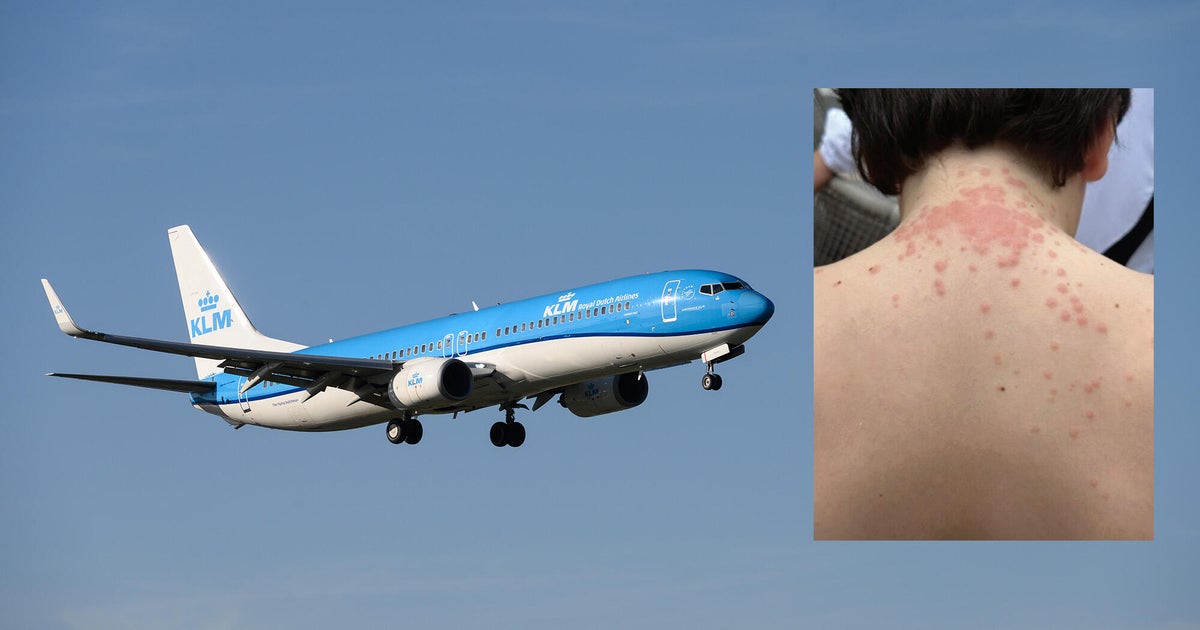Why can't planes fly when it's too hot? Meteorologist Ray Petelin explains.
PITTSBURGH (KDKA) -- One thing I love getting is questions from people wondering how things work, or in today's case, why things don't work!
David asks: Hey Ray, why is it when it gets too hot, airplanes cannot fly? This is a great question because it can actually become too hot for some aircraft to fly.
Thinking of hot air balloons, that may seem counterintuitive, but when temperatures get too hot, planes start to lose their ability to take flight. Just to calm fears, those temperatures are exceptionally high.
Before we get to temperatures, we need to talk about the big thing that keeps planes on the ground ... Gravity!
As you can imagine, planes and jets weigh a lot, so it takes a lot to get them off the ground and into the air. According to the Federal Aviation Administration, thrust, lift, drag and weight are all big factors in getting a heavy aircraft airborne. Air temperature is important, too.
But why does temperature matter?
When air warms, it expands. This spreads out the air molecules contained within that air mass. As these molecules spread out, the air becomes less dense. Since the air's density drops, this causes the aircraft, relatively speaking, to react as if it is heavier or more dense than it would at colder temperatures.
This is called high density altitude. It is a condition of the atmosphere that reduces an aircraft's performance capabilities to those that an aircraft would operate at a higher altitude. Remember, the higher you go into the atmosphere, the thinner the atmosphere becomes. Exceptionally hot days can essentially make the atmosphere thinner at lower altitudes.
There are things that pilots can do to reduce this impact.
Aircraft is tested for operations at different temperatures and altitudes and pilots know these limitations before taking off. If it is too hot, you can reduce cargo to lighten the aircraft to help it perform better.
The opposite is also true! When temperatures get colder, the aircraft's controls can become much more responsive. This is called low density altitude.














